|
An exclusive interview with Anuar, an passionate award winning underwater photographer. 'Whale Whisperers' Diving with a humpback whale and her new born calf while they cruise around Roca Partida Island, in Revillagigedo, Mexico. Winner, 2015 National Geographic Traveler Photo Contest and Runner up in World Press Photo (Anuar Patjane) Before the photograph was taken the exiting part happened, I stayed with the whale and calf for more than 5 minutes, just a few centimeters away from them. Whales look directly into your eyes and you can feel a connection as with other mamals. You know when you are welcome or not by observing the body language of the whale. We were not the only mammals visiting the whales, dolphins were also playing around and surfacing along the whale calf, it seemed like an imitation game. After a while, the whale mother decided to move towards the rest of the divers, and thats when the photograph came to life, I knew that the whole event would be full of movement so I awaited for the right moment to click.
"Conservation and protection of the oceans has become an urgent issue, and few governments and NGOs are doing something about it. With the underwater series, I try to drive our attention towards the beauty of our oceans and a truth usually unnoticed: We are brutally overfishing in our oceans, and our attention should be concentrated on the way we fish as well as what we eat from the ocean. We see and care when a forest is gone because it is visible to everybody, but we don't see when we destroy life underwater, we don't see how nets from the tuna, the shrimp industry and the whaling vessels cause damage and death to the sea. We are not familiar with this environment because we don´t see what we destroy, and this needs to change very quickly so we can reverse this course. By sharing the beauty of our oceans we might start to care more and build or strengthen the connection between us and the sea. Im Anuar Patjane Floriuk, born in Puebla, Mexico. Im a Cultural Anthropologist and photographer obsessed with the sea and diving. I got involved with photography since very early in my life, my parents gave me a camera when I was a kid and started photographing everything for a while. During college years I got into a photo-documentary course and discovered that photography could be a tool at least as powerful as the most persuasive anthropological argument i could come out with so I began relaying on images and photography for my works and essays. Bottleneck dolphins playing around in Xcalak National Park, Mexico. (Anuar Patjane)
Photography should be a tool that creates awareness, yes it can be an art form but it is not enough to create pure aesthetically beautiful art-full pieces; a successful photographic work in my eyes is an image that can create a shock and alter a social practice creating a different outcome, a more sustainable outcome. You ask me about the purpose, the purpose is awareness, to create empathy towards an ecosystem that is mostly unknown or feared, rationally or irrationally. Education is primordial and you used the most precise term, but first we need to make people care about the thing, in this case the ocean and the animals that inhabit it, after that education can become efficient. I contribute with organizations and projects that I feel that they are really trying to change things for the better, transforming destructive human behavior into constructive and sustainable practices. black & white hits the soul, color hits the more superficial and excitable emotions. I like to punch the soul and shock it a little if possible. Color should be used like salt, if you add too much, you will ruin it. I just don't like salt too much and try not to use it. The great white sharks from Guadalupe, México. (Anuar Patjane)
Many things can inspire me, a Tarkovsky movie during a tranquil day; a rainy day or a walk or hike in a mountain, a good historical novel, an act of kindness developed on the street by a person that thinks that is not being seen, many things can be inspiring you just need to learn how to observe, exactly as a photographer should. Sometimes the work of other photographers can be inspiring, specially the work of the long gone masters or the active ones like Sebastiao Salgado or Koudelka. Most of the photographic work that is coming out today from younger generations, i don't connect with it, looks like very cheap copies of the work of the masters or a repetitive copy of a copy that only differentiates itself by the different aberrations of a photoshop post process learned on youtube tutorials. People this days are trying to get the shot "like the one they saw on the other guy´s facebook or instagram”. That search for likes is killing the possibility of pure photography and is creating a massive cult of the virtual superstar. Photography is not dead as some say, it is photographers who are dying, and they are being replaced by this Homo cybermegalomanicus, it is a socioeconomic phenomenon that Im sure it will change soon eventually and I cant wait for it to happen. I find those drone footages and images interesting and mesmerising sometimes, probably because the technology and many of the perspectives are new, although they are killing the trill of the flying man with a camera and they are removing the emotion out of the image. Can you transfer the emotion to a photograph if you are driving a drone with a remote control many meters or even kilometers away from the scene you are photographing? maybe, probably not if you ask me. In the dystopian future that we are heading to im sure they will manufacture submarine drones that will make it possible for scubaphobic and lazy people to photograph underwater. Instead of scubadiver-photographers we will have drone pilots that will credit themselves as underwater photographers! When this happens I will be pretty old and senile to kick their butts, please, someone do that for me in the future. My plans for the future are always uncertain, I dislike long or middle term plans. We need to learn to love uncertainty and become confortable with it again. Silver jacks forming a tornado shape in Cabo Pulmo, Mexico
. Park ranger Leonardo, never gets tired of the silver jacks. Cabo Pulmo is a unique example of the power of preserving marine hot spots, or what Sylvia Earle calls Hope Spots; by selecting and protecting strategic marine areas, the biomass of the ocean can increase rapidly and improve the overall health of the oceans (Anuar Patjane)
Im really bad at measuring achievements, specially my own, and photography, activism or anthropological impact is probably impossible to measure quantitatively, if someone says it can, then it is probably a person that is trying to market his work or ideas for an specific agenda. One of the most satisfying moments happened a few months ago when the Revillagigedo island became the biggest marine national park of its kind in North America, no more fishing there, just an immense sanctuary for marine life. I didn't have anything to do with it but it was a moment of success for all of us that care about the ocean, a moment of celebration. A humpback whale with her calf in the distance in the protected area Roca Partida, Revillagigedo Islands, Mexico.
(Anuar Patjane)
1 Comment
|
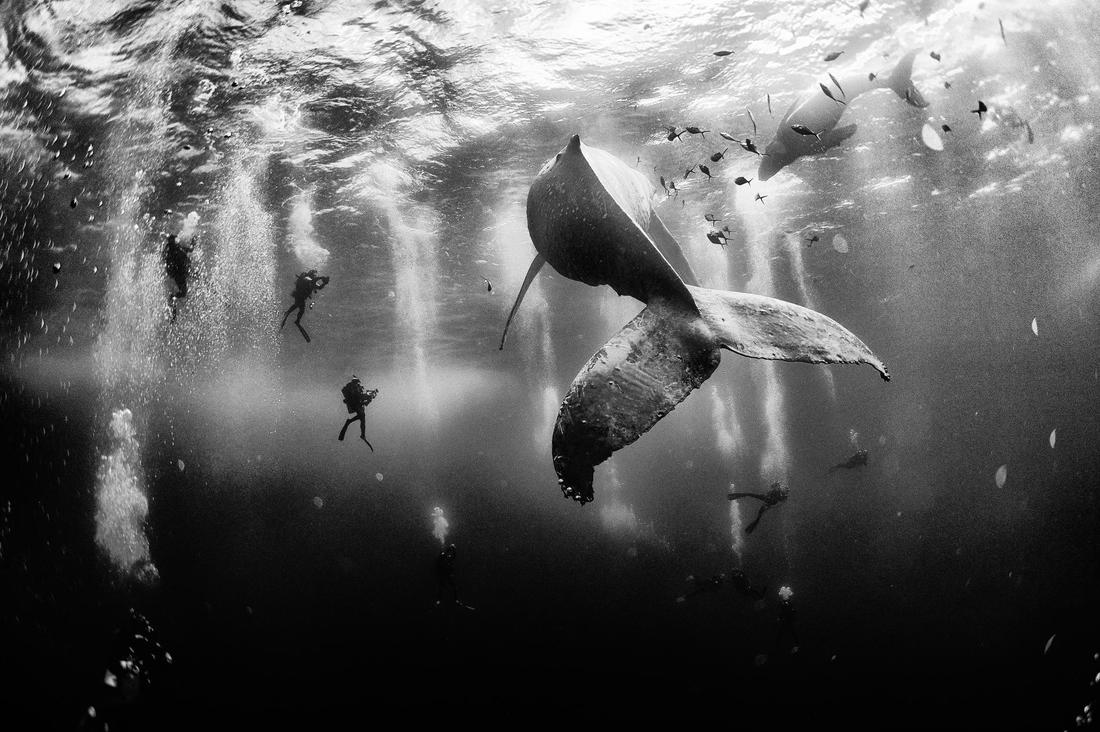
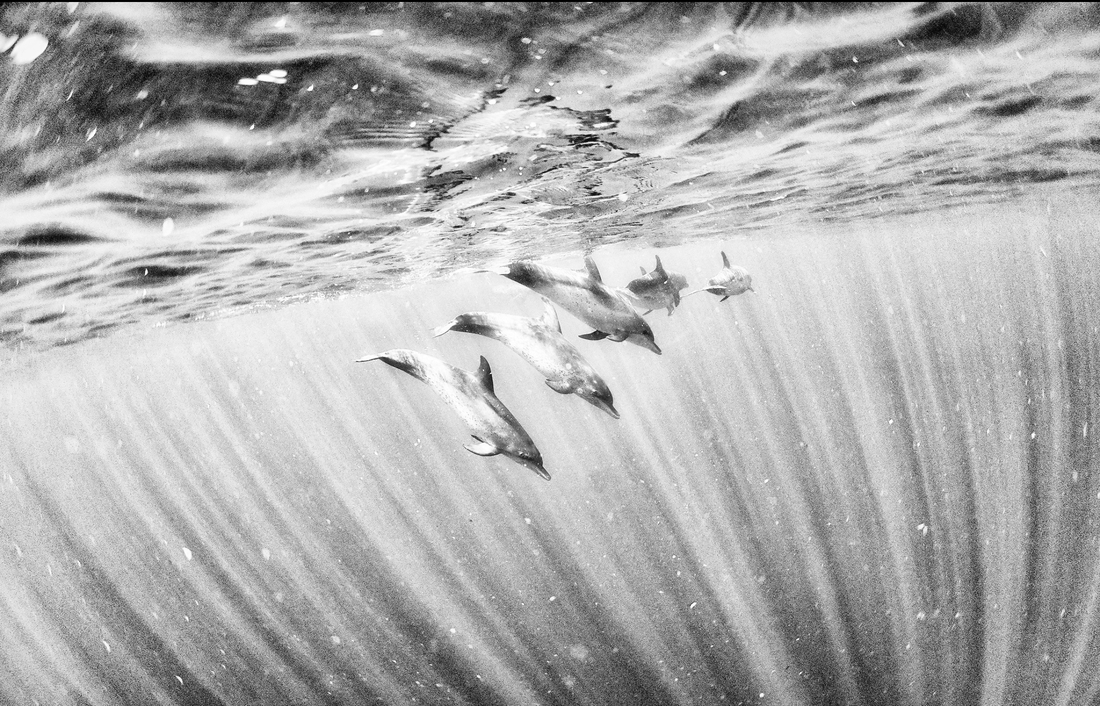
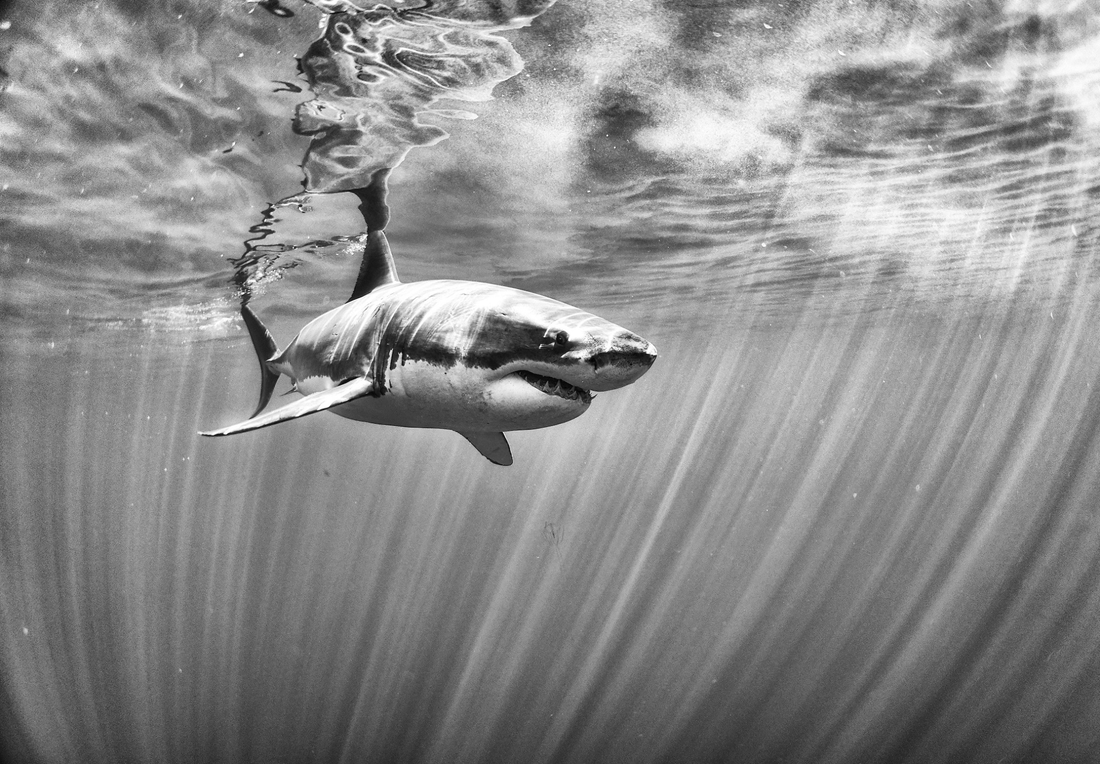
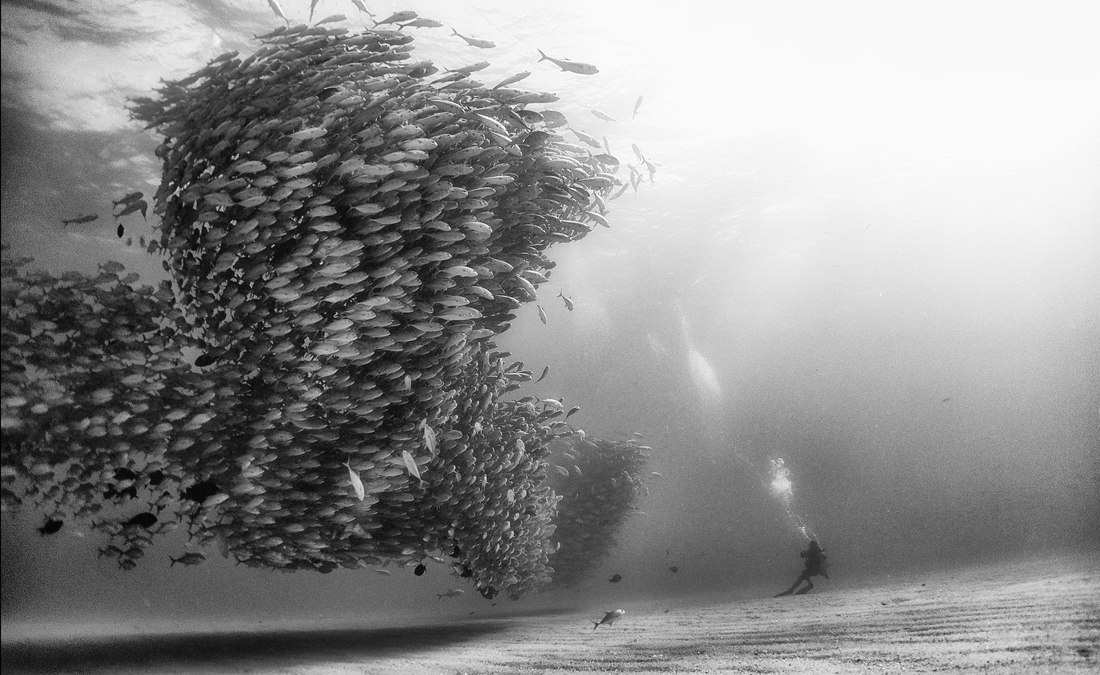
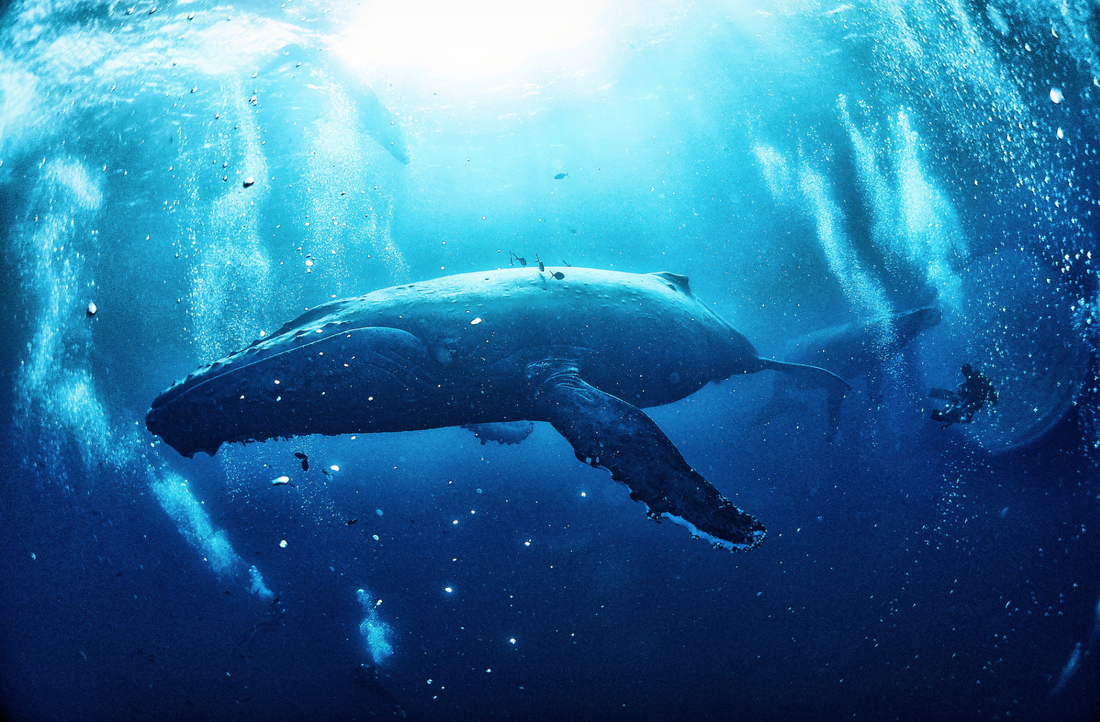
 RSS Feed
RSS Feed
